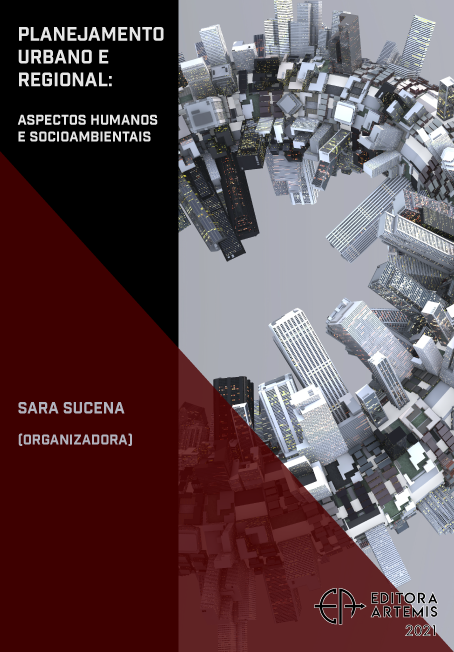
PROCESOS DE REMOCIÓN EN MASA E IMPLICACIONES AMBIENTALES (PARTIDO DE TANDIL, PROVINCIA DE BUENOS AIRES)
Los procesos de remoción en masa operan en la superficie terrestre por acción de la gravedad afectando rasgos naturales y artificiales del paisaje. Movilizan rocas, detritos y materiales producto de actividades humanas, con cantidades variables de hielo y/o agua. El uso del espacio en el partido va en aumento, ocupándose y generándose nuevas áreas susceptibles a dichos procesos, los que se desarrollan en contextos de diferente densidad poblacional. Los objetivos consisten en reconocer, caracterizar, analizar la distribución, recurrencia, probables mecanismos de producción y consecuencias ambientales. El estudio, se realizó con tareas de gabinete y campo. Involucraron la interpretación de fotos aéreas (escala 1:20.000, décadas de 1.960 y 1.980), imágenes satelitales (Google Earth, Bing, Here y ESRI), consulta de informes técnicos y periódicos de la ciudad de Tandil, datos meteorológicos del Servicio Meteorológico Nacional (= SMN) y aportados por residentes en áreas rurales, reconocimiento y caracterización en el terreno y consultas a vecinos en los sectores de producción de los procesos. Los resultados indican que estos procesos afectan componentes geológicos y geomorfológicos en contextos rurales y urbanos/suburbanos. En sectores no produjeron daños a las actividades humanas; otros, en conflicto con las mismas, generaron perjuicios principalmente, en el ámbito urbano/suburbano. Parte de los procesos es consecuencia directa de actividades humanas, impulsando movimientos que, en momentos previos no existían. Dichos procesos y su recurrencia indican amenaza y, en otros casos, riesgo.
PROCESOS DE REMOCIÓN EN MASA E IMPLICACIONES AMBIENTALES (PARTIDO DE TANDIL, PROVINCIA DE BUENOS AIRES)
-
DOI: 10.37572/EdArt_1508214082
-
Palavras-chave: Procesos exógenos, amenaza, riesgo, ambiente, Tandilia.
-
Keywords: Exogenic processes, hazard, risk, environment, Tandilia.
-
Abstract:
Mass movement processes develop on Earth’s surface under the action of gravity, affecting both natural and artificial landforms. They mobilize rocks, debris and anthropic materials, with variable amounts of ice and/or water. Human land use in the County of Tandil is increasing, occupying and generating new areas susceptible to such processes, which take place in contexts with variable population density. The aim is to recognize, characterize and analyze the distribution of mass movements, their recurrence, probable developing mechanisms and environmental consequences. Office and field works were carried out, including interpretation of aerial photos (1960s and 1980s at 1:20.000 scale) and satellite images (Google Earth, Bing and ESRI servers), researching of technical reports and newspapers of the city of Tandil, climatic data from the National Meteorological Service (= SMN) and provided by residents of the rural area, field recognizing, characterization and consultations to people living in the sectors where movements develop. The results obtained highlight that these processes affect geologic and geomorphic components in both rural and urban/suburban contexts. In some sectors, mass movements did not harm human activities; in other cases, the former was in conflict with the last ones, producing damages mainly in the urban/suburban area. Part of these processes is a direct consequence of human activities, which favor the development of previously inexistent processes. Mass movements and their recurrence represent hazards and, in other cases, risk.
-
Número de páginas: 23
- Juan Manuel Susena
- Rodolfo Osvaldo Gentile

